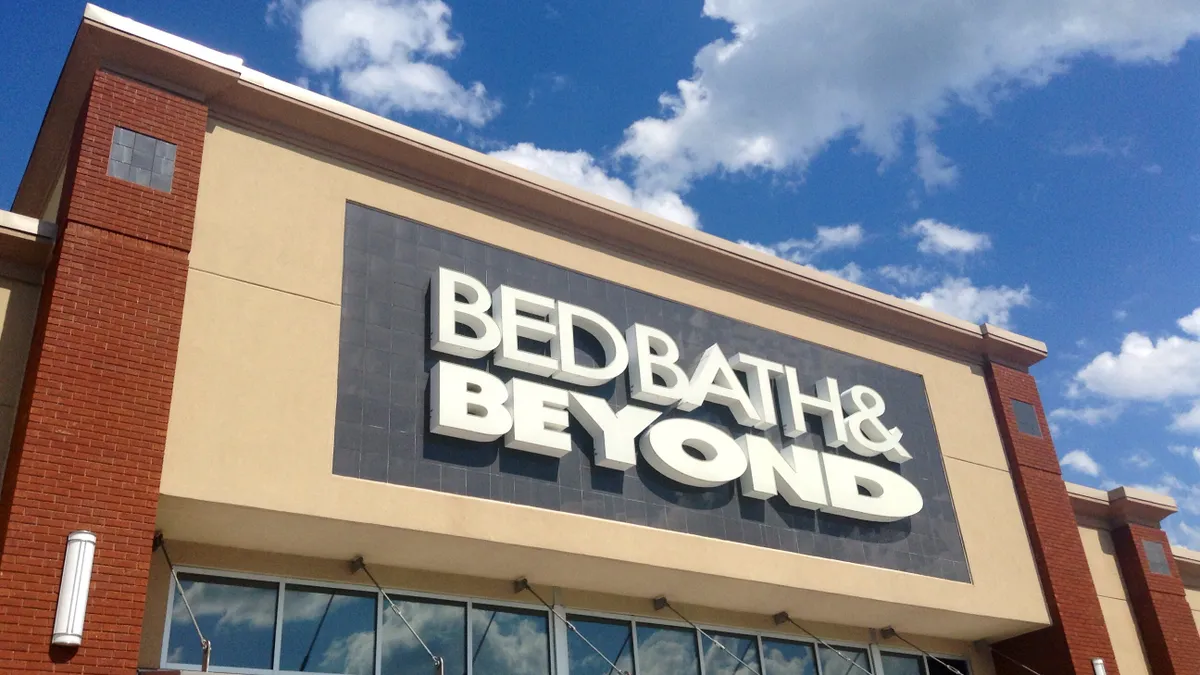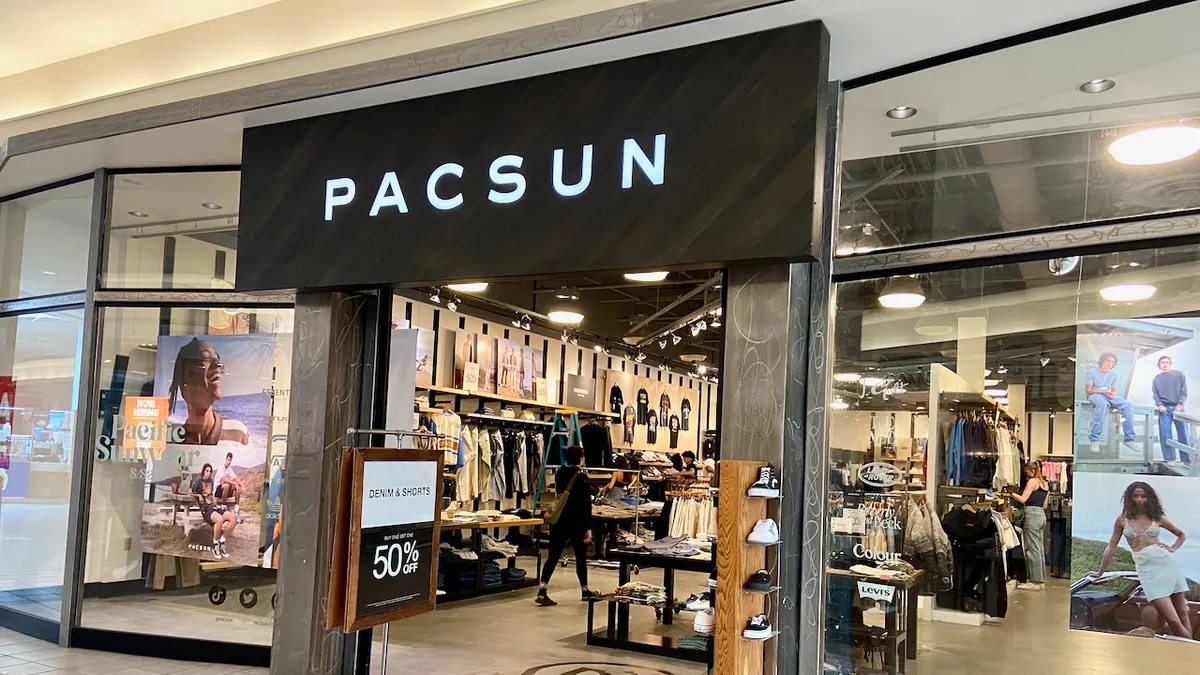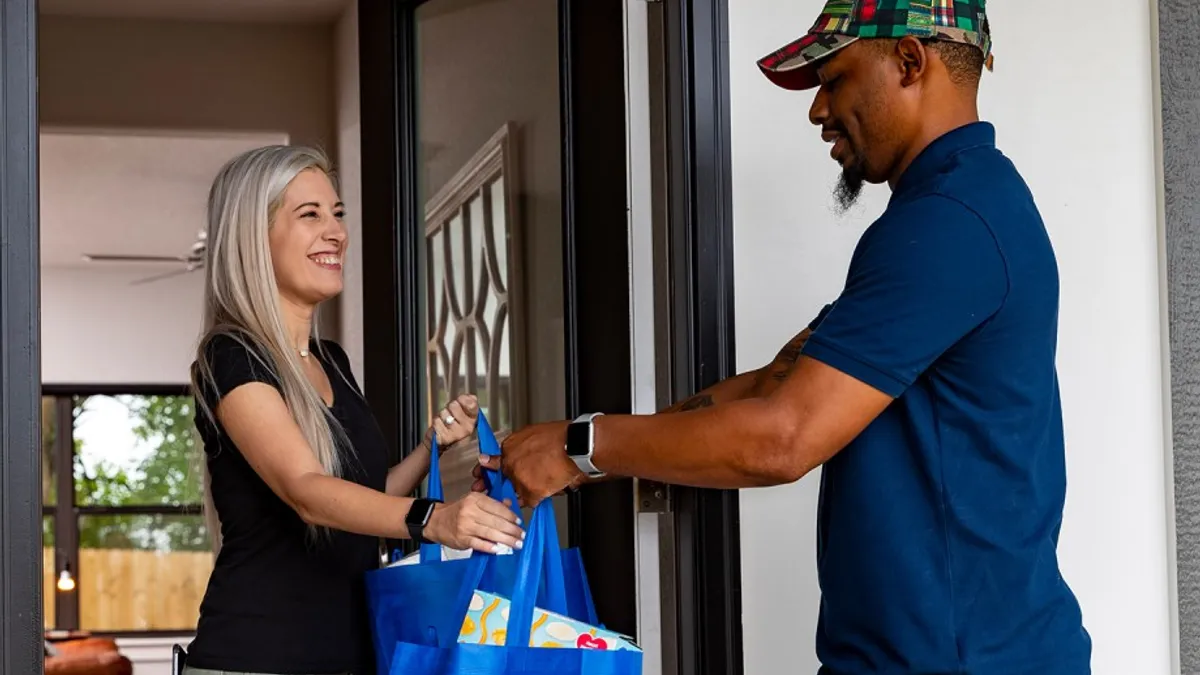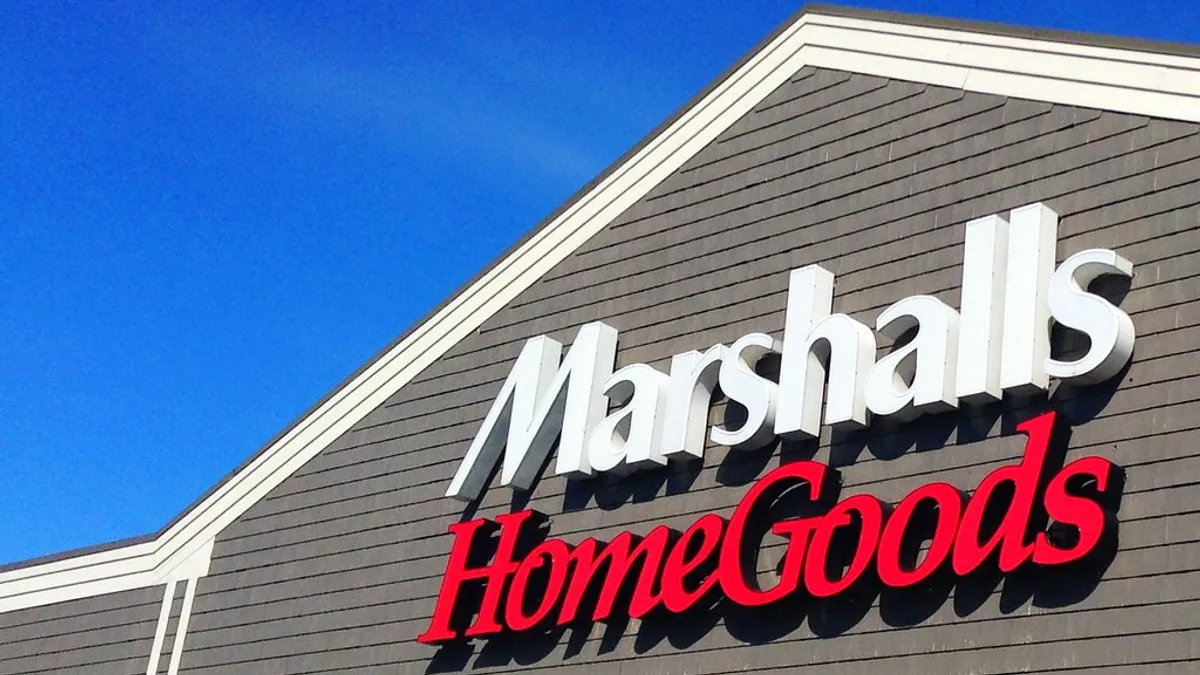The backrooms at brick-and-mortar retail stores are taking on a new role: distribution and fulfillment centers.
Best Buy started piloting a ship from store model with 250 stores being remodeled as hubs. All our stores will still ship out online orders, but approximately 250 locations will be positioned to ship out significantly more volume," Corie Barry, Best Buy CEO, said in the company's Q2 earnings call. And in October, Apple started shipping devices directly from store stocks, according to Bloomberg.
It's not as simple as a snap of the finger. "A lot of these online channels were added as an afterthought to the brick-and-mortar channel," said Eda Kemahlioglu-Ziya, associate professor of operations and supply chain management at the NC State University Poole College of Management. "Stores are not always set up to pick up these items from shelves and wrap them and put them in the mail."
It's also an expensive solution, and one that may not make sense in the long run. "Ship from store is an accommodation, but it's not a profitable one," said Michael Brown, partner at Kearney.
Why (or why not) ship from store?
Ship from store was gaining traction pre-pandemic, said Jeanette Barlow, VP of strategy and offering management for IBM Sterling. She now sees ship from store as a "necessity to balance out both the inventory you've got locked up" and to keep trust in an organization that it can meet customer demand.
During the pandemic, when stores are either completely closed or have limits on capacity, shipping from stores also helps move product. "The real benefit of ship from store is being able to leverage the inventory" currently in physical stores across all channels, said Brown.
"Ship from store is an accommodation, but it's not a profitable one."

Michael Brown
Partner at Kearney
It also helps retailers stay competitive against giants like Amazon and Walmart. Brown cited Bed Bath & Beyond as an example of a retailer that realized gains from switching to this model.
This year the company turned 25% of its stores in the U.S. and Canada into fulfillment centers. The retailer has shipped 36% of its digital orders from store locations, according to its Q2 2020 earnings call.
The digital and e-commerce trends are here to stay, as consumer patterns aren't likely to suddenly shift back to in-person shopping, even when a vaccine is widely available. In a September survey of 14,500 adults around the world, IBM's Institute of Business Value survey found that only 27% plan to visit a shopping mall post vaccine.
As a long-term solution though, ship from store is not ideal because it's among the most expensive fulfillment methods for retailers and relies on third-party delivery partners to execute the shipping.
"E-commerce orders are generally less profitable for retailers because you're paying to ship, you're not able to charge more for that [item] and there is a higher likelihood of returns," especially in apparel, Barlow said.
Retailers can still use their brick-and mortar-locations as fulfillment centers, but should push for buy online, pickup in store, even if it means offering a discount to customers for coming to the store to pick up their items. Nordstrom is one example of a retailer using this tactic. The company is offering a $15 promo card to consumers who make a purchase online and select curbside or in-store pickup.
Making ship from store work
From a physical perspective, many retail stores aren't built to be distribution centers.
"A lot of stores have reduced the size of their backrooms," said Kemahlioglu-Ziya, with the goal of getting more items out in front of customers and reduce stealing by employees. "But now that may need to be reconsidered."
"A lot of these online channels were added as an afterthought to the brick-and-mortar channel."

Eda Kemahlioglu-Ziya
Associate professor of operations and supply chain management at the NC State University Poole College of Management
Making a big conversion is expensive and takes time, so to get through this pandemic/holiday moment, retailers are more likely to make temporary changes, like "department stores taking 1,000 square feet right off the selling floor and roping it off and setting up a processing center in a corner. It executes what they need to do but it doesn't look pretty," said Brown. It also means lost selling floor space.
A more elegant solution would be to set up special zones for fast turnaround merchandise or popular SKUs, like grocery stores have done, so that it's on hand and easy to pick.
Retailers also need a "global inventory view," said Barlow, down to the SKU. "Then you have more accurate availability to promise [customers] regardless of whether I'm walking in the store or if somebody is hitting a keyboard."
If there's a gap between what's showing in inventory and what's actually in store, then it's "shipped from the destination where it exists adding additional cost. Eventually, it also becomes a markdown if a customer did not get a chance to see and buy it in the store," Brown said.
Logistics personnel to pick, pack and ship e-commerce orders are in high demand
Brown said more "logistics personnel for picking, packing and shipping all those goods" are in demand this year, along with runners for BOPIS.
But he doesn't anticipate the kind of employee needed will be different. "It's the same pool of people," Brown said, "but teaching them on different skills and activating them in a different way."
This story was first published in our weekly newsletter, Supply Chain Dive: Operations. Sign up here.






















